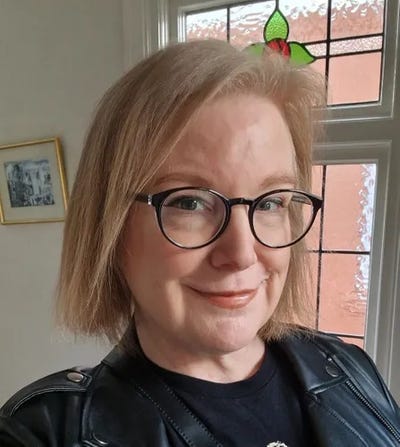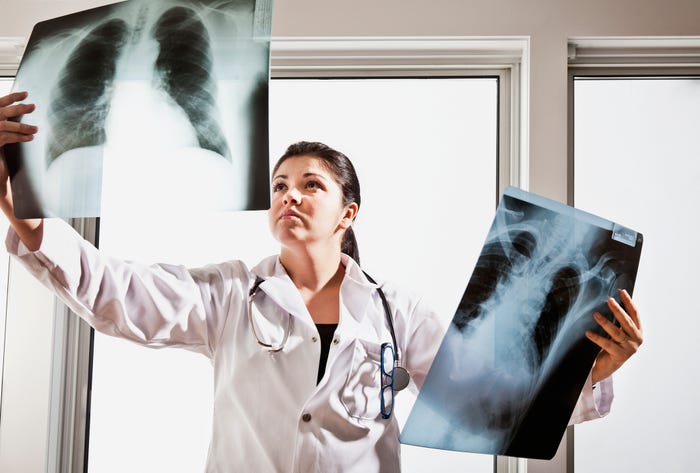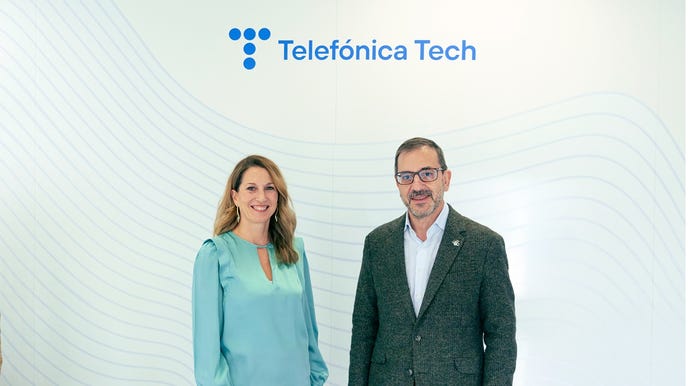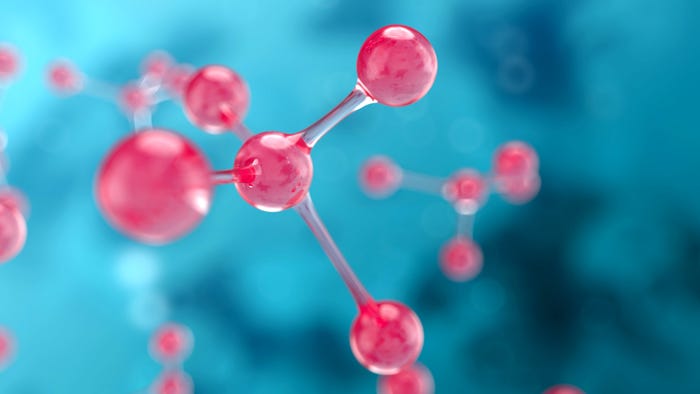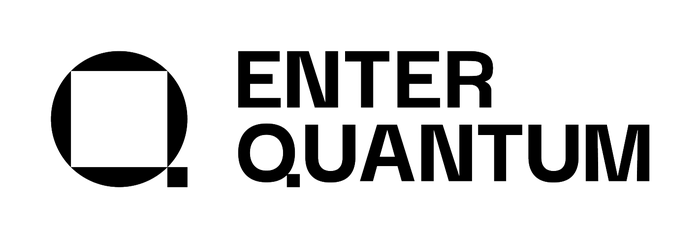
Connects decision-makers and solutions creators to what's next in quantum computing
Quantum, AI to Tackle Sustainable Battery UpcyclingQuantum, AI to Tackle Sustainable Battery Upcycling
Novel method assesses health of EV batteries that could be reused or recycled
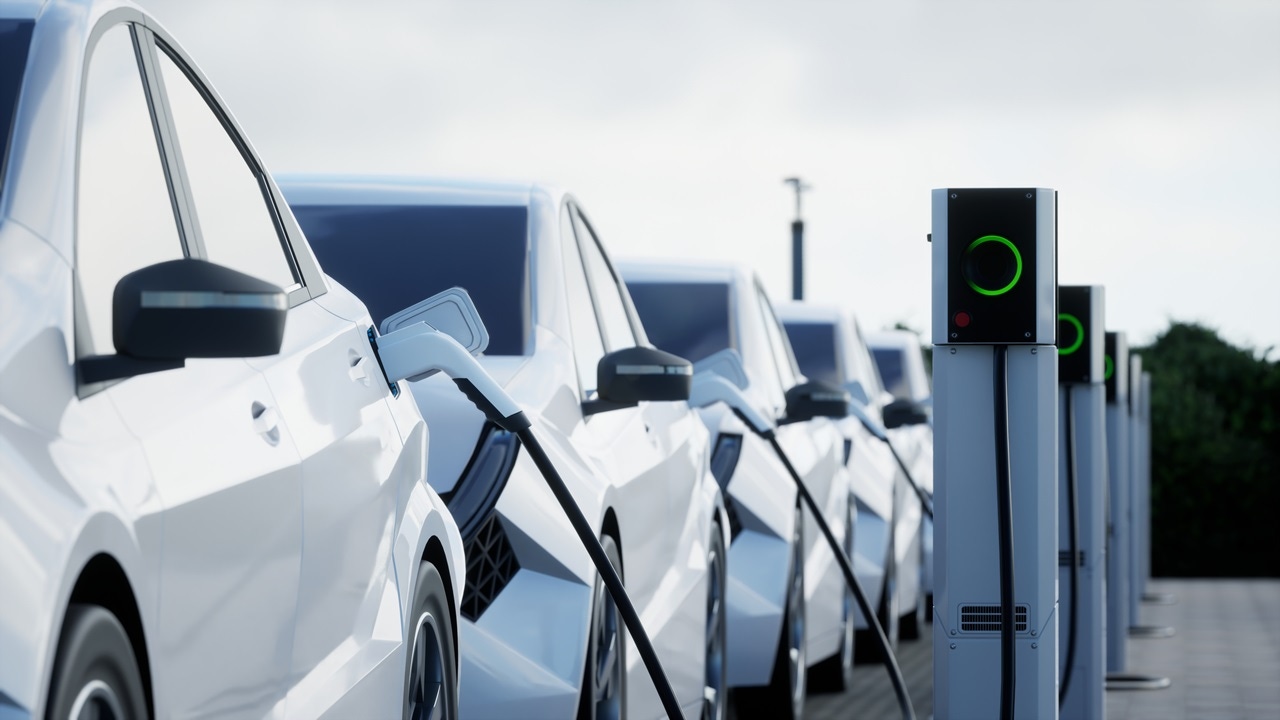
New research has been launched to tackle the challenge of upcycling lithium-ion batteries from electric vehicles (EVs) by combining quantum technology and artificial intelligence (AI).
The QuaLiProM project aims to create a fast, non-destructive method to determine the residual power and service life of used batteries so they can be reused for EVs or other applications.
Lithium-ion batteries degrade over time, losing capacity and increasing internal resistance. A assessing a battery's State-of-Health (SoH), which indicates how much a battery has aged, requires time-consuming electrochemical measurements. These traditional methods cannot identify localized defects or charging hotspots.
Funded by the German Federal Ministry of Education and Research (BMBF), the QuaLiProM project uses atomic magnetometry with diamond-based quantum sensors to measure the magnetic field of battery cells.
This non-destructive method can detect defects, impurities and the state of charge. It is much faster than traditional methods and can be integrated into both cell production and recycling processes.
The magnetic field data is then analyzed using deep learning AI methods to identify features that correlate with the battery's SoH, classifying cells as healthy, degraded or defective. This process can detect cells that are no longer suitable for EVs but still have the potential for second-life applications in less demanding areas.
The partners participating in the QuaLiProM project are Industrial Dynamics, Friedrich-Alexander-Universität Erlangen-Nürnberg (FAU), Nehlsen, Sekels, Battery Dynamics and the Fraunhofer Institute for Manufacturing Technology and Advanced Materials (IFAM). Each partner contributes specific expertise, from quantum sensor development and data analysis to recycling system design and ecological assessment.
The project is set to run until Nov. 30, 2026, aiming to promote sustainable and resource-efficient use of battery cells and to accelerate the transfer of the new methods to industry.
About the Author
You May Also Like

